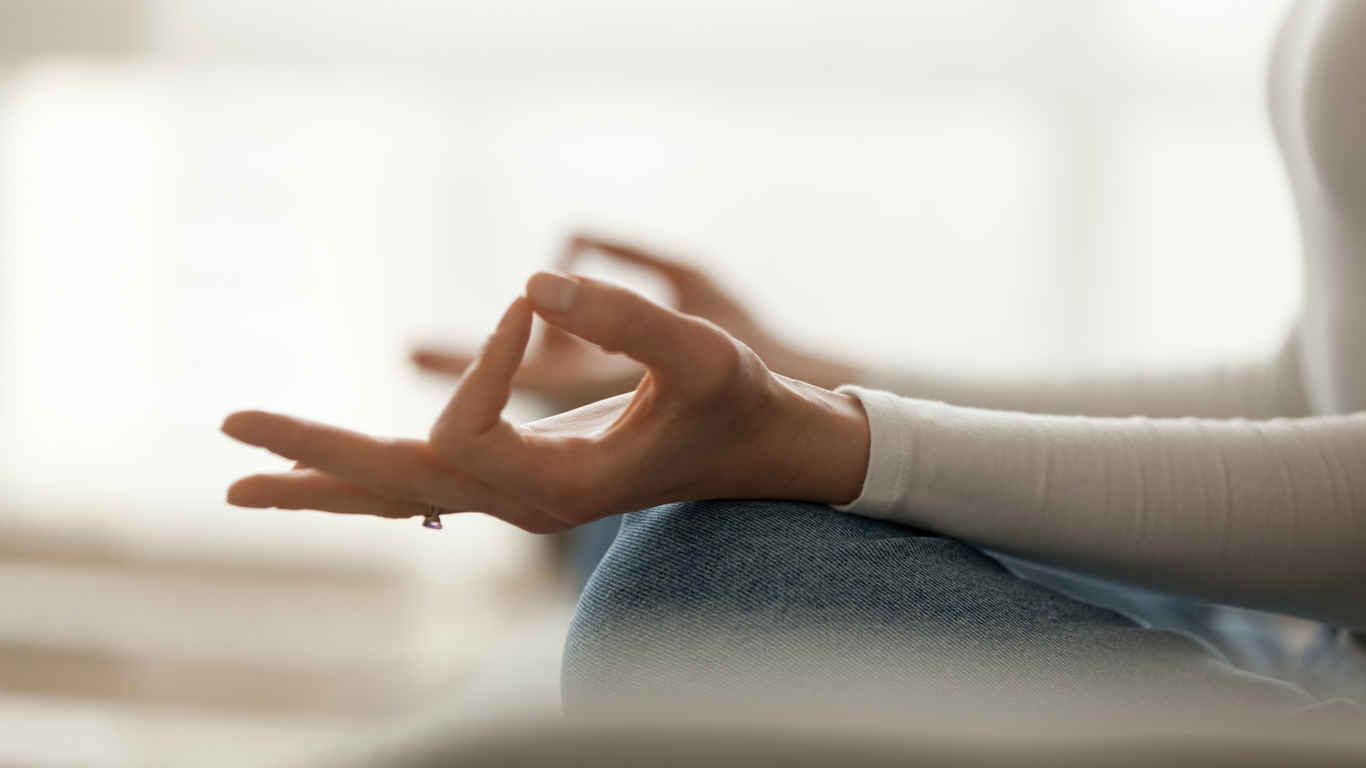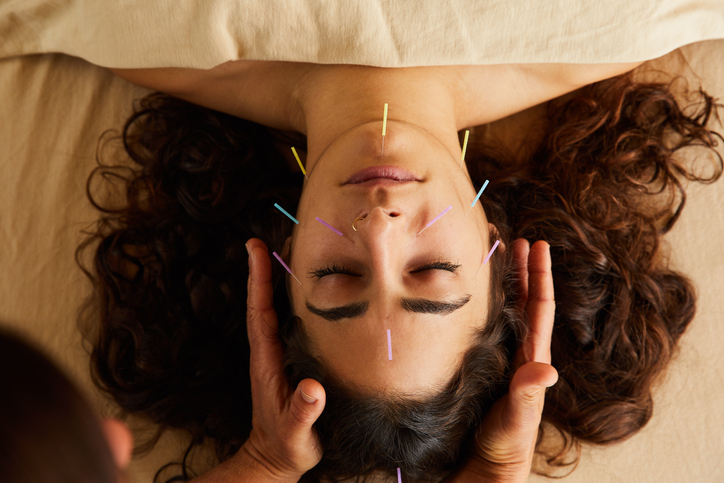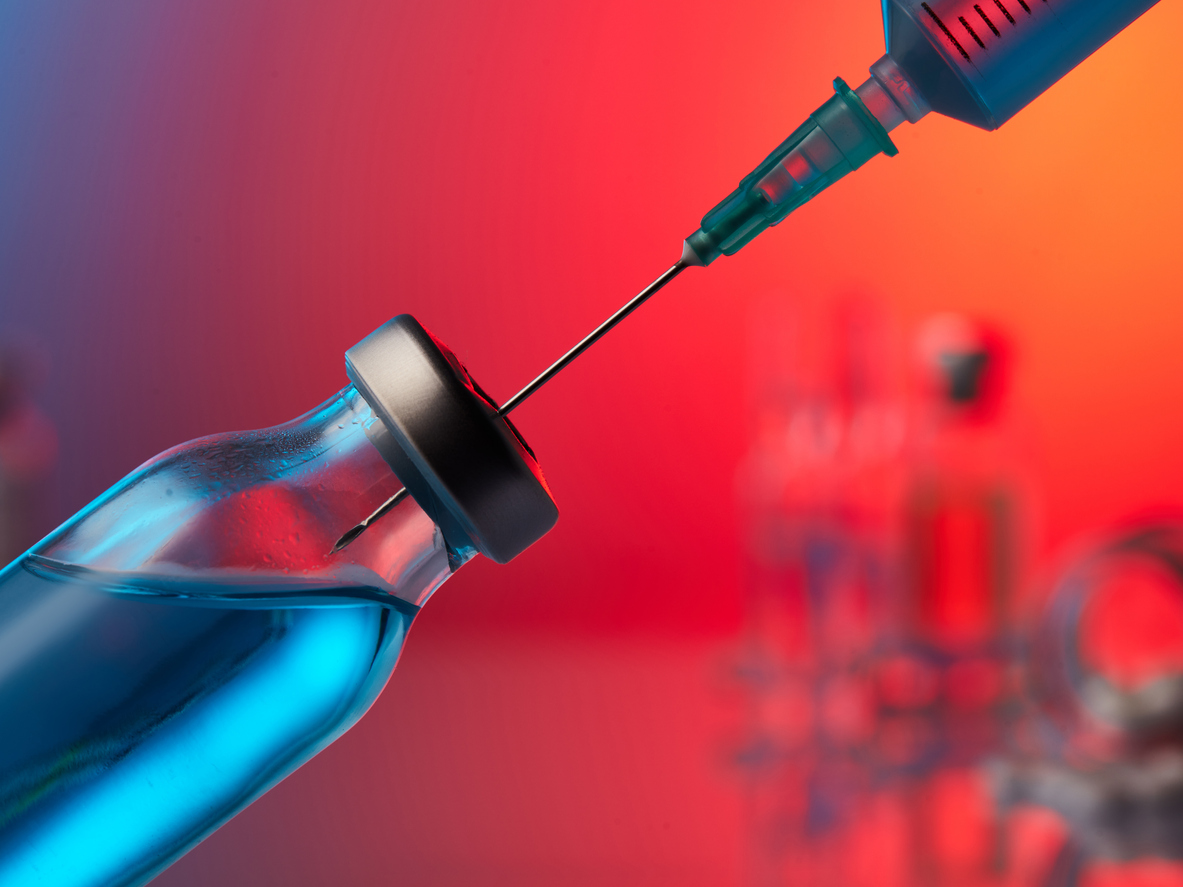Pain
At-Home Treatments for Trigeminal Neuralgia

What is trigeminal neuralgia?
Trigeminal neuralgia is a neuropathic pain condition which develops when damage occurs to a trigeminal nerve. The trigeminal nerves are the main nerves on each side of the face. They are responsible for carrying the sensations of pain and touch to the brain from areas of the face including, but not limited to, the mouth, nose and cheeks. When trigeminal neuralgia occurs, even a mild sensation can cause intense pain. Individuals with trigeminal neuralgia often describe the pain as electric shock sensations.
At-home treatments for Trigeminal Neuralgia
In addition to conventional and alternative treatment options, various at-home treatments may be beneficial for trigeminal neuralgia. They include yoga, guided imagery, meditation, physical activity, and lifestyle changes.
Yoga
Basic yoga practices, such as meditation and breathing techniques, help to reduce stress, relax the body, calm the mind, and rest the nervous system. Practicing yoga can reduce inflammation, and therefore, reduce the intensity of chronic pain.
Guided imagery
Guided imagery, also known as visualization, is a mind-body therapy based on the principle that the mind and body are inherently connected. It is used to achieve a focused and relaxed state. Guided imagery uses all the senses to redirect thoughts away from pain.
Meditation
Meditation is shown to improve mood and overall wellbeing when practiced consistently. It declutters the mind from excess thoughts. Meditation can reduce stress, alleviate anxiety, and remove the perception of pain by activating brain areas that process pain.
Physical activity
Small amounts of gentle physical activity, such as walking, can boost the production of endorphins, which improve mood and reduce the sensation of pain. A health care professional should be consulted prior to beginning a new exercise regimen.
Lifestyle changes
Lifestyle changes can accommodate individual needs and reduce occurrences of trigeminal neuralgia attacks. They include, but are not limited to, the following:
- Using warm water to wash the face (avoid hot or cold water)
- Rinsing the mouth with room-temperature water, especially after eating
- Eating soft foods only
- Avoiding foods that trigger attacks, such as caffeine, citrus, etc.
- Eating room-temperature foods
- Utilizing a soft toothbrush and brushing teeth gently
- Wrapping a scarf around the face in windy weather
















